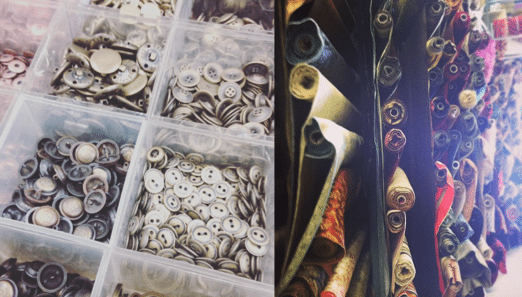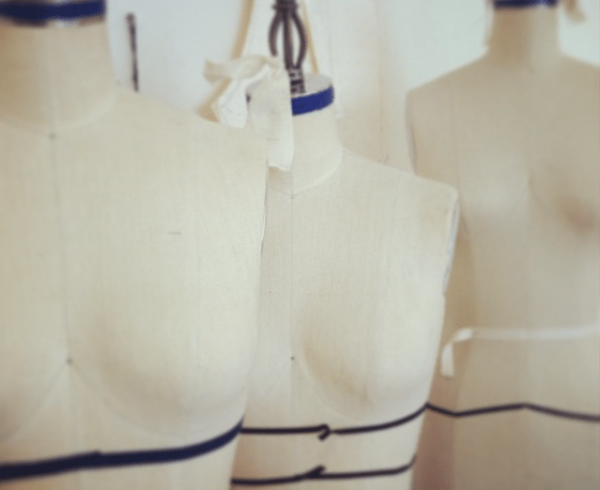When you look at your average garment, there are many steps that it went through before you saw it in a store. What is the design process? I won’t go into every detail and variation, but here I’ll lay out for you some of the basic steps any garment whether custom made or mass-produced will go through:
1- The Concept: This comes from the designer who was inspired by an idea, or by a need that they see for a certain item. The designer comes up with a finished vision of what they would like to make. Sometimes a client who wants something privately designed, will give the initial inspiration of what they are looking for, but it is still the designer’s job to execute the vision and make it into a reality. This often includes a sketch, or flats of what the item should look like.
2- The Pattern: After the measurements are taken/decided, a pattern is drafted of the garment. This pattern helps to bring the garment into reality, now it’s really down on paper, piece by piece and step by step. Sometimes the pattern is graded up or down to accommodate smaller and larger sizes.
3- Fabrics and Notions: Typically, the textiles/fabrics that are to be used for the garment are already chosen before the pattern is even finished, as there are certain fabrics that would work better for different types of garments, and so that the pattern can indicate where certain things such as zippers etc. should be placed. Buttons, zippers, edgings, notions, and so forth, are all chosen, and set for construction.
4-Construction: The fabric is cut out using the pattern, and the pieces are sewn together along with all the notions, and details that the garment calls for. The garments are inspected to make sure they pass and are sewn well, and off they go to a store or to a client.
Next time you buy a garment, think of what it went through from concept to creation to get to you. There are many more fascinating details, and if you’re interested in design, I invite you to look further into them. It’s truly an amazing process!












Don’t forget fitting the garment on a real human being. It’s a vital step.